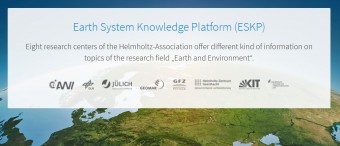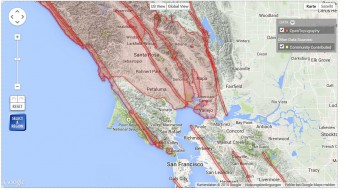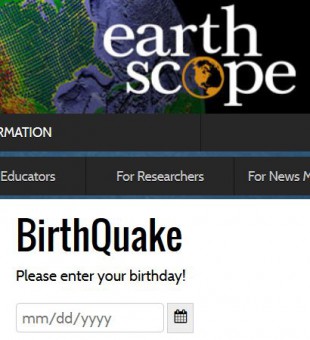Do you know your birthquake? And what do you think about animal behaviour before earthquakes? Did you hear about the NPG initative on an outsourced, but accelerated review process? Today is Good Friday, and here are your links!
The Nature Publishing Group (NPG) – hosting Nature, Nature Geosciences and a lot of other renowned scientific journals has been working on new, faster and improved way of publishing manuscripts for some time now. One of the stages that makes publishing scientific papers slow is the review process, which most of all reviewers do at no charge and also on top of their usual pile of work. A thorough review takes time, that is -or seemed to be- a fact. NPG now tries to accelerate this process by introducing an extra fee for authors that guarantee a lightning fast review. The raised concern is taken seriously by the NPG, which pursued the task of fast reviews by outsourcing this to a third-party service.
These Scientific Reports editors resigned from their editorship following the news.
In an open letter, editors of Scientific Reports asked these important questions, which I would love to cite:
[…] Who is going to choose reviewers, will it be colleagues or the company managers? Who will be ensuring that the rigor and standards of peer review are maintained? What about handling appeals and possible conflicts of interest? What about the expertise of the reviewers?
Paying reviewers for reviewing papers, as is suggested in the reviewing company website, and particularly the introduction of a mixed system in which some reviewers are paid and others aren’t, may also have disruptive implications. Is this the first step towards a peer review market, in which reviewers compete offering their services at different prices? […]
Finally, there is a third aspect to this initiative that is also very worrisome. […] Will there be a possibility to ask for the fee to be waived, not only for researchers in countries officially regarded to be mid or low income, but for anyone who is currently short of funding due to worldwide budget cuts in research?
Scientific Reports answered this open letter, but no details are available on this answer. It seems that is was not satisfactory.
Have you heard of BirthQuake? Without a long search in the various online earthquake catalogues, you can quickly find the earthquakes that occured on the day of your birth! My birthquake was a M5.8 quake near Papua in 74 km depth – what’s yours?
The Earth System Knowledge Platform (ESKP) is a new news hub by the German Helmholtz association on latest Earth science and environmental research. I think it’s worth a visit!

There is new LiDAR data available for the Napa (California) region – and it was collected AFTER the 2014 South Napa Earthquake! It is available via the NSF topography data portal OpenTopography. The Napa data and data covered many other regions is available here.

Topography data coverage in California, available via OpenTopography.
The New Madrid seismic zone is really a thing, but I guess you know that. But did you know that there was yet another earthquake yesterday? It was “only” M3.6, but maybe a small nudge to dig a bit deeper into that topic?

New Madrid and Wabash Valley seismic zone. USGS Professional Paper 1527. | Public Domain
Although earth scientists are aware that earthquakes cannot be predicted today and in the foreseeable future, it is sometimes proposed debated whether non-related phenomena can be interpreted as precursor. This article on Daily Mail online is on the often-mentioned topic of animal behaviour before earthquakes, based on this article in Physics and Chemistry of the Earth. Make your mind.

And like last week, here are some favourite tweets:
Have a nice weekend!





No Comments
No comments yet.